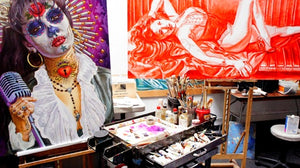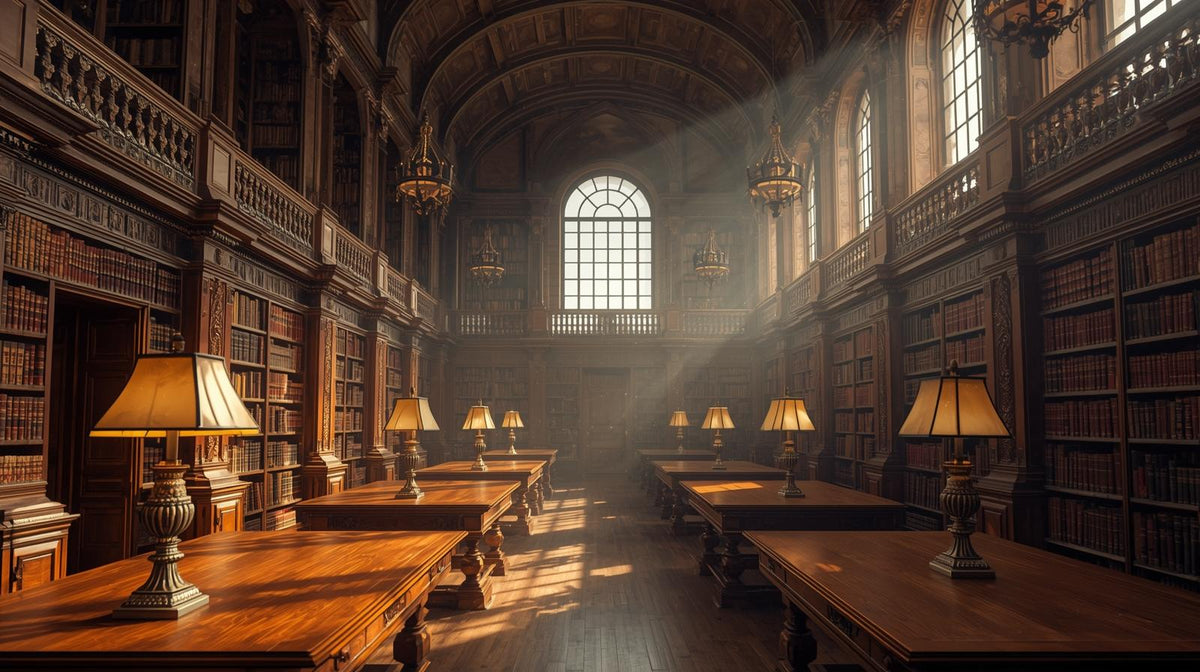Portraying the Celebration of Life and Death
March 24, 2012

Juan Diego walked back down from the mountain in Mexico to share the image of
La Virgen (
Our Lady of Guadalupe) with his people.
Francisco Franco, a 39-year-old accomplished local artist, says, “My mother wanted me to be an artist. In kindergarten I won some award out of the whole elementary school; the teacher had a conversation with my mom and put me in art classes.”
As a 10-year-old child, he visited that same mountain in Mexico with his family but returned without his mother, who passed away while on vacation to the mother-country.
“Because the virgin is the mother to all of us, she is my surrogate mother in a way … I went through a lot, was raised in the hood with gangs, and many friends died. Death was so much a part of what guided me,” but in Modesto as a youth, Franco created no art. He adds, “From age 10 to 18. I never drew. I never painted,” although he was into graffiti.
“I see myself as Juan Diego…” He smiles and explains that he loves to use the metaphor of someone who climbed to the top of this hill and was enlightened, got to see the world from a higher vantage, and saw the light. “So I see The
Virgen is just The Light; his tunic is a painting, so if you think about it Juan Diego was painter.”
Today in his naturally sky-lit studio, with a large flat screen displayed high in one corner, house music playing in surround sound, Franco, known for his murals and
calacas paintings says, “My art evolved, developed symbiotically and started with what they (commissioned employers) wanted. I was lead in a direction that gave me a chance to explore my own heritage.”
He continues, “I did not want to be a quote-un-quote Chicano artist and resisted it. Now I am realizing that I was pulled into it.” His art is collected by a diverse group of collectors of various ethnicities and backgrounds.
“There was a void there. I speak for mi gente as Americans, as a unique American experience.” His father is from Chihuahua, Mexico and immigrated here when he was around 14 years-old. His mother was Native American and Mexican, so both parents spoke English and Spanish fluently. “I am Native Californian and Mexican.”
“I did not want to be the
Day of Dead painter but I embraced it. Now it’s natural I could have fun with it. It has made me more of a whole person,” explains Franco, as he paints two vibrant art pieces; one of singing icon Selena using peoples and another of a vixen (Especially created for the January 19, 2012 Grand Opening at Chacho’s Restaurant in San Jose, Calif.) painted in luscious reds.

Franco’s ties to iconography also extend through his travels and higher education. Not only was he born
el dia de San Francisco (his Saint’s day), but by some landmark occurrences. He attended Modesto Junior College after high school, traveled with his mentor to 27 major cities in Europe just to look at art, was accepted to
University of California at Berkeley’s undergraduate program with a full ride (tuition scholarship), studied anatomy at the
Ruskin School of Drawing & Fine Art at Oxford University, and
New York Academy of Art for his Master’s. At the age of thirty and just out of grad school, he developed gluten intolerance and for two years he thought he was dying because the doctors could not diagnose his illness. Naturally, he questioned life.
“Not only that…, I was in New York when the Twin Towers fell … I saw them fall. I became mortal all of a sudden and it bothered me. Life took on a meaningless thing. Before that, life had an order; there was a destiny for me.” He dwelled on the topic of death.
“I came to the conclusion … You can’t have life without death. We are the walking dead, the living dead. Let’s have a party. Let’s enjoy life. Eat, drink, dance, and know that it’s short and sweet. And it became a philosophy.” Franco declares, “Live a good life and leave something behind.”
To learn more about Fancisco Franco’s exhibits, workshops, and how to purchase his art visit:
http://www.franciscofrancostudios.com/
Leave a comment
Comments will be approved before showing up.






